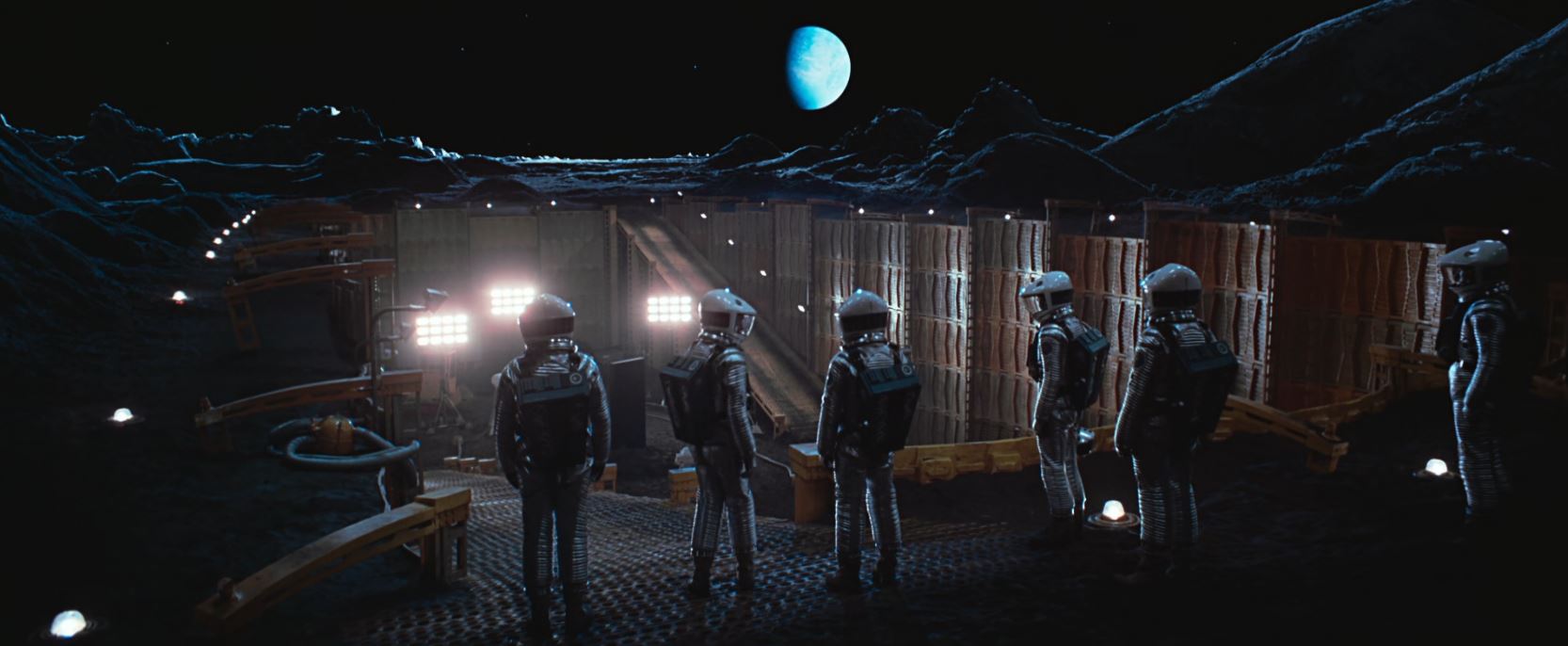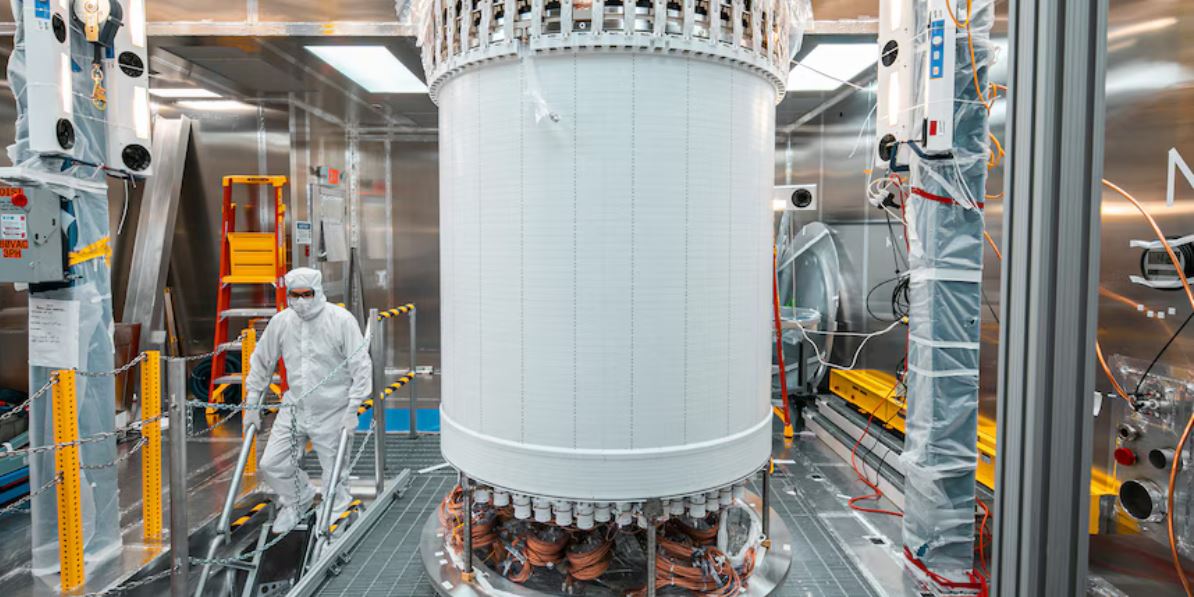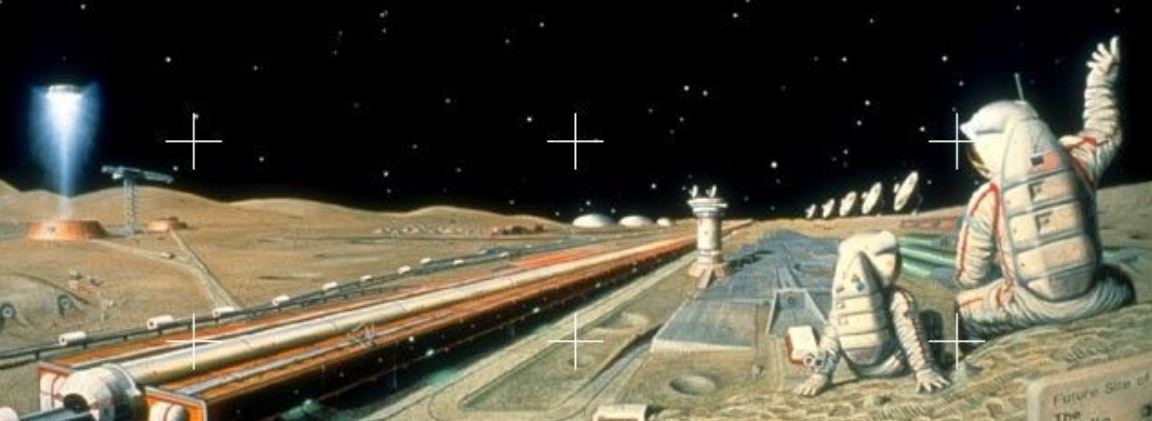
Reuters: Plane flips over in Toronto
Maybe it will come out later, but where is the video of the plane flipping over? Airports must have cameras all over the place. I’ve flown on plenty of Bombardier CRJ jets on the feeder airlines. I didn’t like it so much. While landing, the runway looks like it’s swinging back and forth like a pendulum. The pilot aspires to touch down at the bottom of the arc. So far, the brisk wind is suggested as a cause.
In a way, this crash inspires confidence. There were 80 people onboard, and no deaths or life-threatening injuries. Just getting people out of the inverted seats could be the cause of several injuries. That is a sturdy little jet.









